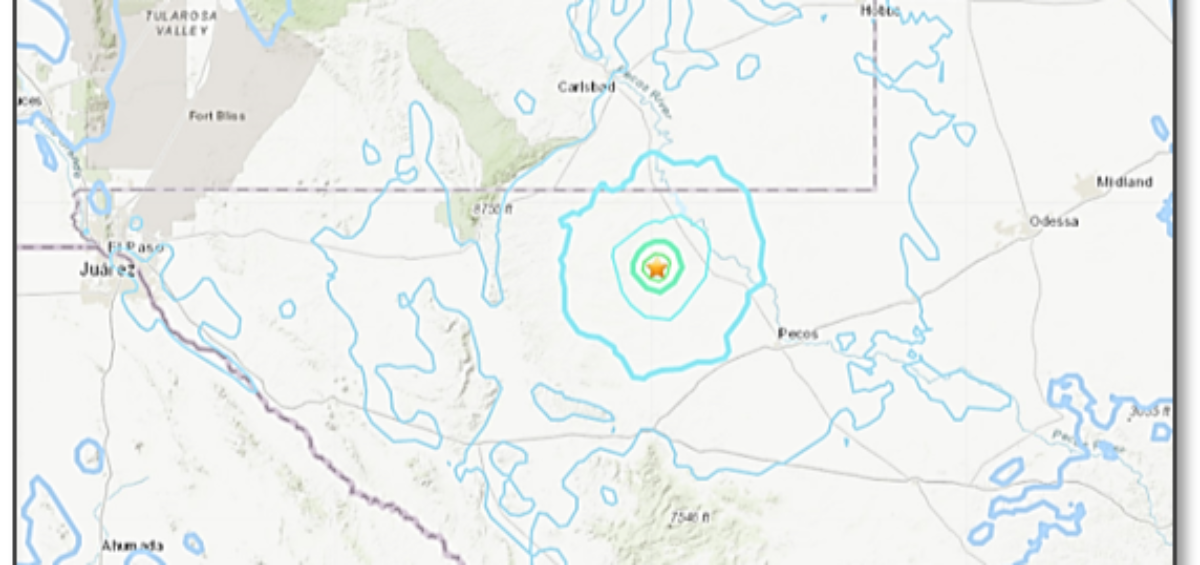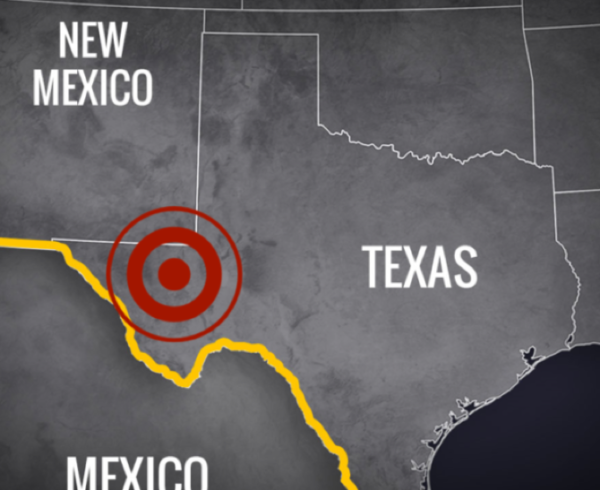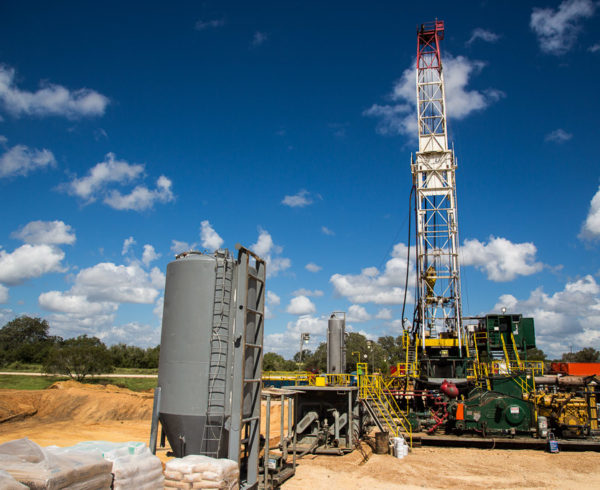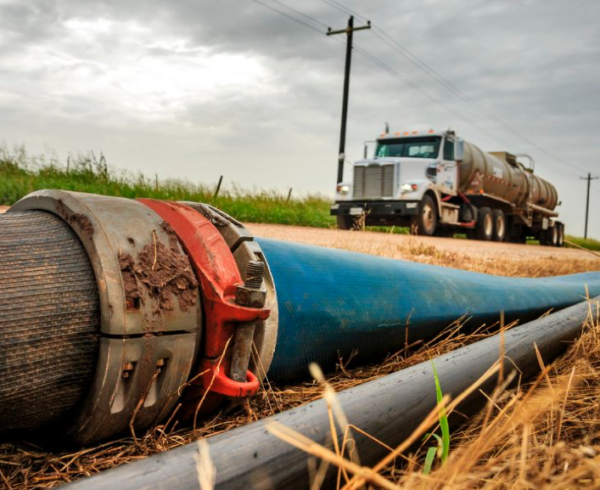EnergyMakers Advisory Group has long been cautioning stakeholders not to be too quick to indict disposal wells for Delaware, Texas area seismicity. Other factors may also be at play in the region. While SWD disposal has proven to be causal to induced seismicity in many areas including Arkansas, Colorado, parts of Texas, and broadly in Oklahoma, we have yet to see data suggesting the same in the Delaware basin in Texas.
We worry that some of the scientific research seems to be focused on only injection or fracturing, and may not consider production and fluid excavation, natural compaction, settling and depressurization from depletion, and other potential “far-field” effects as possibly contributing to induced seismicity. Too, reporters are occasionally prone to over-simplifying scientific conclusions or using broad statements like “scientists conclude”. The activity in the Delaware is anything but conclusive, as we hope to show you.
In a new white paper published by EMAG just this week, we’ve taken a closer look at the spectrum of activities in the region that may be contributors to induced seismicity in the Delaware. You can read much more about the analysis in the full paper (email us for your copy today), but we’ve summarized our findings below.
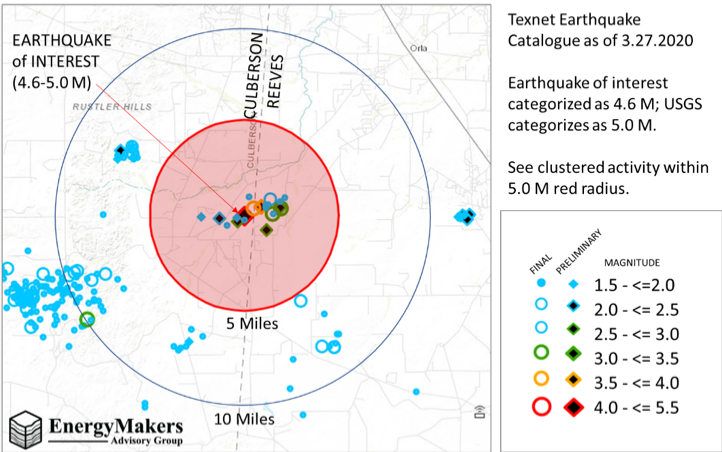
- First, we examined recent seismic activity within a five-mile radius around the recent earthquake of interest (at the border of Culbertson and Reeves counties – see Fig 1). Within this radius, we see 36 earthquakes reported by TexNet through March 26, 2020. Depths and dates are shown in the full report, but all but two of the assigned hypocenters are located at depths between 22,000 ft and 31,000 ft.
- We then looked at various oil and gas activities within five miles and ten miles of the same area of interest, starting with injection wells. Most injection is going into the Delaware Mountain Group, at depths of between 2,600 ft and 7,100 ft. This means that the vast majority of injection wells are injecting about 14,900 – 19,600 ft from the top of the earthquakes.
- We then analyzed several hundred wells in the area that were recently completed (hydraulically fractured) or were producing. Most of the completions we analyzed (87%) terminated at true vertical depths of between 8,962 ft and 10,426 ft, placing them 11,574 ft or more from the top of the earthquakes.
- An analysis of producing wells in the area showed that 33% of them were producing from multiple intervals at a depth ranging from 2,346 ft to 7,500 ft.
- 76% of the wells were producing from the Wolfcamp or multiple intervals, generally ranging from 8,500 ft to 11,037 ft deep.
- 12% of analyzed producing wells were deep intervals ranging from 11,115 ft to 18,950 ft deep.
So, what does all this mean? Well, in terms of spatial proximity with earthquake hypocenter depths, we see that:
- The lower boundary of producing wells within 10 miles of the recent earthquake is within 3,550 ft of the top of the earthquake zone (this is clear in the correlation summary graphic – Fig 2).
- Recently hydraulically fractured wells in the 10-mile range are generally 11,574 ft or more from the average top of earthquakes.
- But how about the supposed “real” culprit in induced seismicity—injection wells? The vast majority are located 14,900 ft to 19,600 ft or more from the 5 and 10-mile injection activity. That’s approximately 2.8 – 3.7 miles away from the earthquake hypocenters, with thousands of feet of essentially impermeable and/or pressure-sealed rock in between the two.
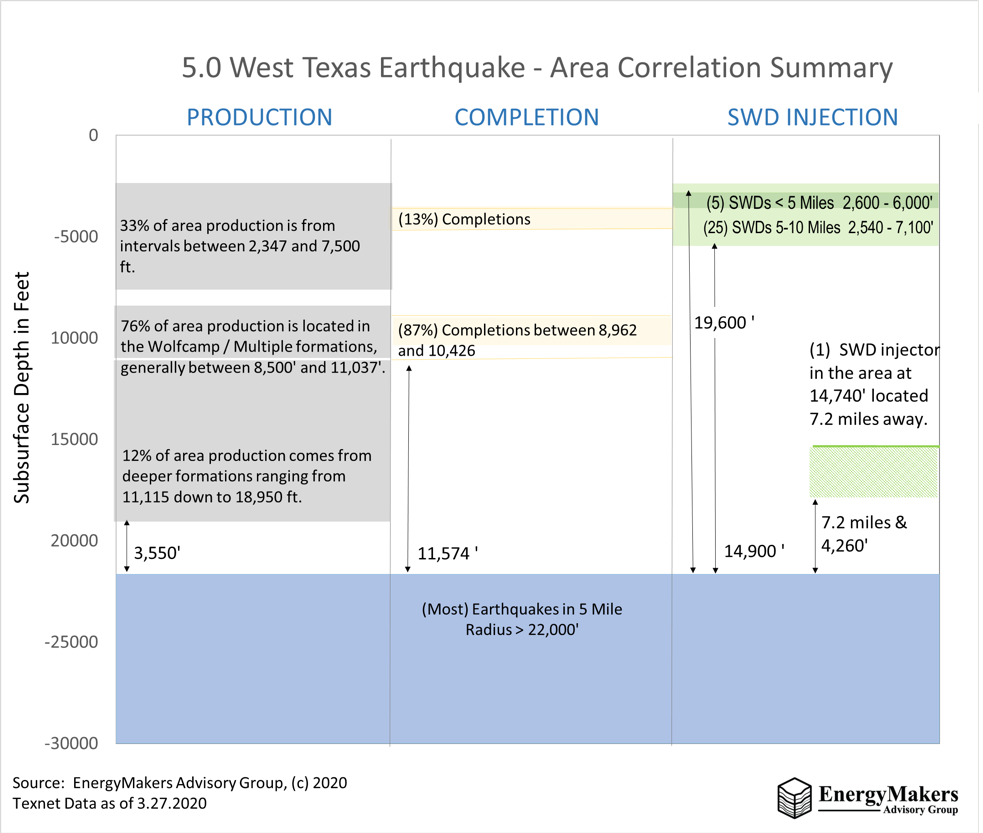
To sum up, the suggestion that injection wells are directly causing most seismic events in the Texas Delaware is as yet unfounded, even though SWD injection has proven to be a significant contributing factor in other regions.
A review of best available data shows substantially closer correlations with other nearby activities. Too, we believe, production and fluid excavation, natural compaction, settling and depressurization from depletion, and other potential “far-field” effects (including far-field effects from injection and production) should be evaluated with equal measure. Such evaluations would also help to remove possible bias from scientific research or regulatory policies informed by research.
We welcome and invite more discussion about this topic – let’s just make sure the working hypothesis is actually supported by data!
And once again, if you’d like to read the entire white paper and more facts about seismicity in the area, email us at info@energymakersag.com or link here to see the full report as a subscriber to Infill Thinking.
About EnergyMakers Advisory Group
Laura Capper is President and CEO of Energy Makers Advisory Group (www.EnergymakersAG.com), focusing on upstream technology and produced water management strategies for safe and cost-effective oil and gas production.
EnergyMaker’s team of experts help operators, service companies, and midstream providers execute best practices around disposal well operations and seismic risk management, disposal well and recycling permitting, water management (sourcing, blending, logistics, and recycling), water treatment (advanced chemistries and systems), environmental life cycle planning, and water management program planning and financing.
EnergyMakers is the exclusive author of propriety studies on U.S. disposal well capacity and pressurization trends and speaks frequently on best practices for SWD seismic risk mitigation and future SWD capacity assurance.



